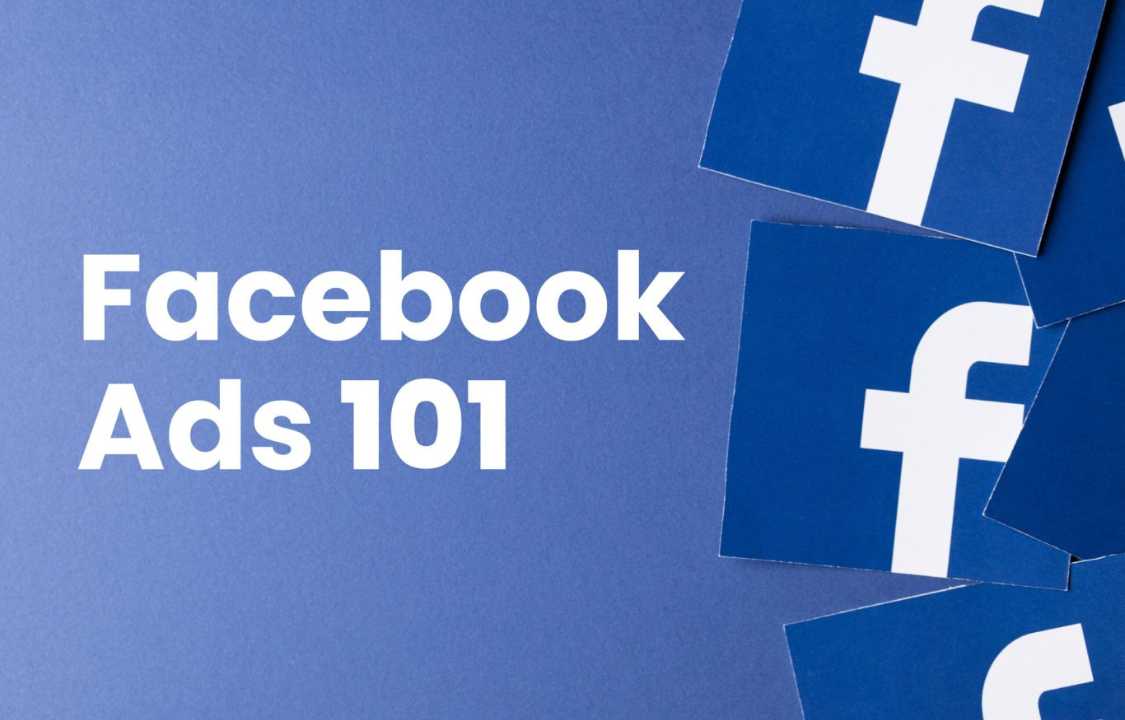Advertisement
Facebook Ads 101: How to Run a Successful Campaign
Facebook, with its vast user base and powerful advertising platform, offers businesses an unparalleled opportunity to reach and engage with their target audience. Whether you’re a small local business or a global corporation, running a successful Facebook ad campaign can significantly boost your brand awareness, drive website traffic, and increase sales. Learn the basics of Facebook advertising and get practical advice for launching a successful campaign with this comprehensive guide.
Understanding the Basics
1. Know Your Audience
The success of an advertising campaign hinges on targeting the right audience. You can target specific demographics, hobbies, habits, and locations with Facebook’s extensive targeting capabilities. More specifics mean more of your target demographic will see your adverts.
2. Set Clear Objectives
Define your campaign goals clearly. Whether you aim to increase website visits, generate leads, boost sales, or promote an event, having a specific objective will shape your ad strategy and metrics for success.
3. Craft Compelling Ad Content
Your ad content, including images, videos, ad copy, and headlines, should be attention-grabbing and engaging. Use high-quality visuals and concise, persuasive language to convey your message effectively. Make sure your ad clearly communicates the value proposition and encourages viewers to take action.
4. Utilize Facebook Pixel
The Facebook Pixel is a potent tool for monitoring site visitors’ actions. By installing the Pixel code on your site, you can measure conversions, optimize ad delivery, and create custom audiences for retargeting, ensuring your ads reach the right people at the right time.
Creating Your Facebook Ad Campaign
1. Choose the Right Ad Type
Facebook offers various ad formats, including image ads, video ads, carousel ads, slideshow ads, and more. Choose a presentation style that works well with the material you intend to promote and the objectives of your campaign.
2. Set Your Budget and Schedule
Determine your daily or lifetime budget and set a schedule for your ads. Facebook provides options for manual bidding or automatic bidding based on your objectives. Experiment with different bidding strategies to find what works best for your campaign.
3. Design Your Ad
Using Facebook’s Ad Manager or Business Manager, design your ad by choosing your ad format, adding compelling visuals, crafting persuasive ad copy, and including a strong call-to-action (CTA). A clear CTA prompts users to take the desired action, such as “Shop Now,” “Learn More,” or “Sign Up.”
4. Target Your Audience
Utilize Facebook’s detailed targeting options to reach your specific audience. Targeting can be done on the basis of demographics, interests, behaviors, and even custom audiences made up of people who have visited your website, subscribed to your email lists, or used your app. Experiment with different audience segments to identify the most responsive groups.
5. Monitor and Optimize
After your advertisement has gone live, you should carefully monitor how well it is doing. Keep an eye on important measures including the click-through rate (CTR), the conversion rate, the cost per click (CPC), and the return on ad spend (ROAS). Make use of this information to optimize your campaign by modifying your targeting, ad creative, or bidding techniques in order to achieve better results over the course of the campaign.
Best Practices for Success
1. Test Different Ad Variations
A/B testing, also known as split testing, is a crucial practice in Facebook advertising. Create multiple ad variations with different visuals, copy, headlines, or CTAs. Experiment with these several iterations to see which aspects are most likely to resonate with your target audience and lead to the most successful outcomes.
2. Use High-Quality Visuals
Visual appeal matters on Facebook. Use high-resolution images and videos that align with your brand identity. Clear, eye-catching visuals can significantly improve your ad’s performance and capture users’ attention as they scroll through their feeds.
3. Leverage Retargeting
Retargeting campaigns target users who have previously interacted with your website, app, or Facebook page. These users are already familiar with your brand, making them more likely to convert. Set up retargeting ads to remind them of products they viewed or encourage them to complete a purchase.
4. Stay Mobile-Friendly
A significant portion of Facebook users access the platform via mobile devices. Ensure that your ad content is mobile-friendly, with easily readable text and visuals that display well on smaller screens. Test your ads on various devices to guarantee a seamless user experience.
5. Monitor and Adjust Regularly
Facebook’s advertising landscape is dynamic. You should undertake regular performance analysis on your advertisements and adapt your approach in light of the results. You may optimize your campaigns for better outcomes by conducting an analysis of the metrics, locating trends, and making decisions based on the data.
Conclusion: Mastering the Art of Facebook Advertising
Three of the most important factors in ensuring the success of a Facebook advertising campaign are the application of a creative approach, careful planning, and constant optimization. You can successfully design campaigns that resonate with your target audience and deliver meaningful outcomes for your organization if you understand your audience, set clear objectives, craft appealing advertising material, and follow best practices. Keep up with the latest changes and improvements to Facebook’s advertising platform, and be flexible in your approach as you test out different techniques to see which ones work best for your goals and target demographic. Facebook advertising has the potential to be a strong tool for expanding your brand, boosting sales, and reaching your goals, provided that you employ the appropriate plan and put in regular effort.

